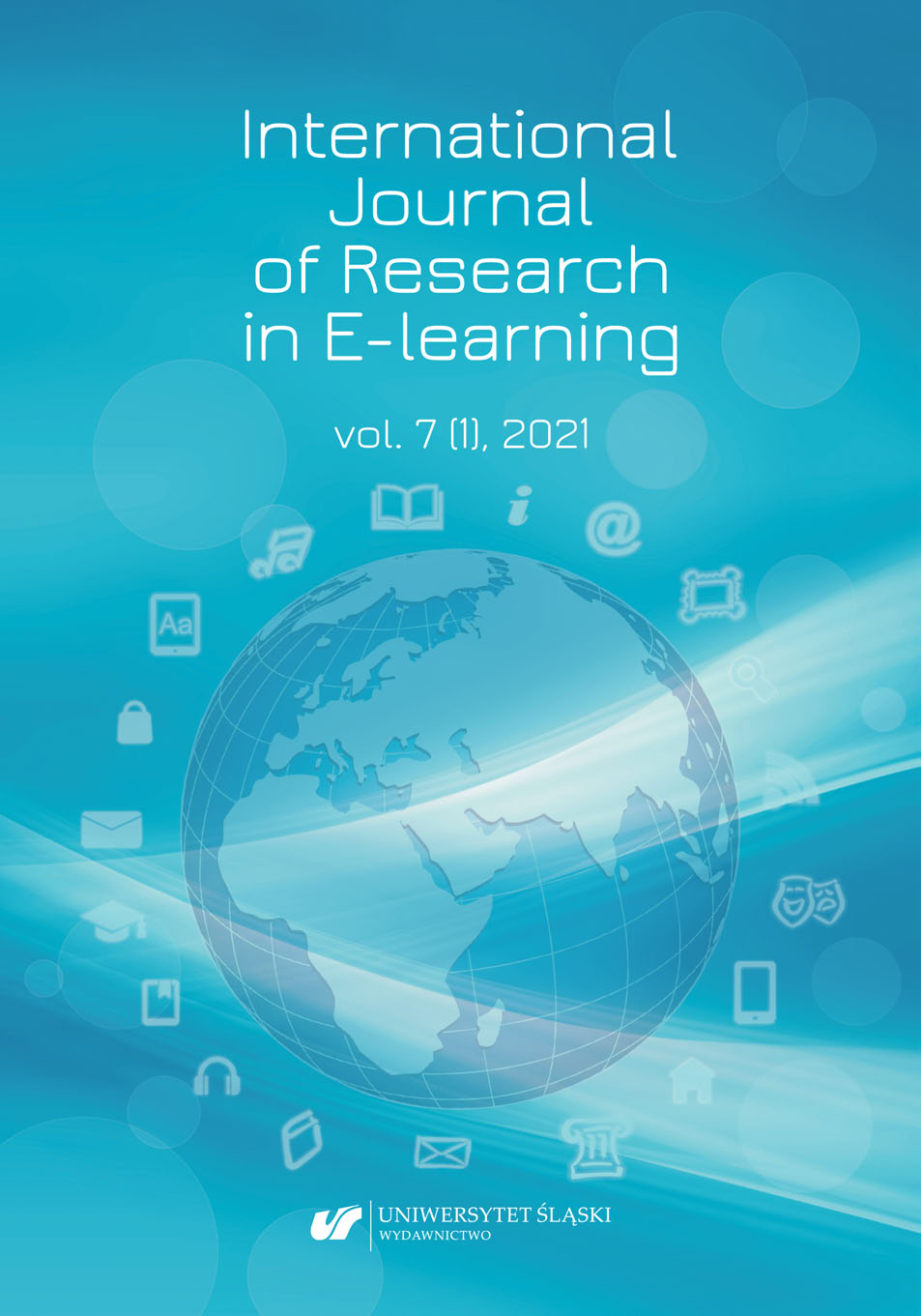

 https://doi.org/10.31261/IJREL.2021.7.1.10
https://doi.org/10.31261/IJREL.2021.7.1.10
The subject of the research presented in the article, related to visual literacy, is to determine the scope and quality of the phenomenon of communication in the area of symbolic communication. Individual dispositions of information users were taken into account, creating a set of behaviors and reactions, views and concepts, personal beliefs and inclinations that determine the way of life and thinking – the so-called Habitus by Pierre Bourdieu. The aim was to create the characteristics of the examined representatives of the young generation and to determine their predispositions to symbolize (search for references). The research was carried out on two comparative groups of research participants from Poland and Italy in order to examine the quality of contemporary visual communication and the predisposition of information users to visualization, and their adaptation to the visual form of expression. The research meets the educational demand for a modern form of education, taking into account the modern informational live environment and media immersion in the visual reality of the participants of the education process.
Download files
Citation rules

Vol. 7 No. 1 (2021)
Published: 2021-11-24